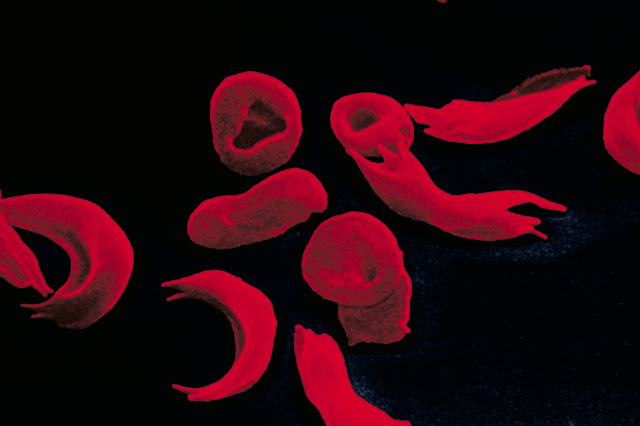Global Hemoglobinopathy Market : Europe Estimated to be the Dominant Regional Market in 2019 - 2027

Hemoglobinopathies are a group of congenital blood disorders that are caused by differences in haemoglobin structure and/or production. Hemoglobinopathies are single-gene illnesses that cause an aberrant structure in one of the globin chains of the haemoglobin molecule, preventing it from carrying oxygen across the body and resulting in anaemia or other medical problems.
Sickle cell disease, alpha thalassemia, and beta thalassemia are the most common hemoglobinopathies. In terms of value, the global hemoglobinopathy market is estimated to grow at a CAGR of 8.3% over the forecast period, reaching a market valuation of US$ 788.2 Mn by the end of 2027.
The global hemoglobinopathy market is primarily driven by an increase in the prevalence of hemoglobinopathies in developed countries, a high prevalence of disease in developing countries, various supportive government programmes, and non-government organisation funding.
Advanced diagnostics and treatments, favourable reimbursement scenarios for diagnostic tests and treatment, cost-effective preventive approaches such as genetic testing, and the development of rapid point-of-care diagnostic procedures are also boosting the worldwide hemoglobinopathy market.
However, lack of public knowledge of hemoglobinopathy problems, particularly in developing countries, and a lack of high sensitivity and specific diagnostic tests are projected to limit market growth throughout the projection period. The future scenario of the worldwide hemoglobinopathy market will be defined by a focus on novel diagnostic methodologies and the development of fast, reliable, and cost-effective diagnostic procedures.
On the basis of indication, test type, end users, and region, the worldwide hemoglobinopathy market has been segmented. The market has been divided into three segments based on indication type: sickle cell disease, alpha thalassemia, and beta thalassemia. Because of the rising prevalence of sickle cell illness, the sickle cell disease sector is likely to be the most lucrative in the worldwide hemoglobinopathy market. By the end of 2016, the sickle cell disease segment is expected to hold a 52.4 percent share of the worldwide hemoglobinopathy market in terms of value.
Sickle cell disease, alpha thalassemia, and beta thalassemia are the most common hemoglobinopathies. In terms of value, the global hemoglobinopathy market is estimated to grow at a CAGR of 8.3% over the forecast period, reaching a market valuation of US$ 788.2 Mn by the end of 2027.
The global hemoglobinopathy market is primarily driven by an increase in the prevalence of hemoglobinopathies in developed countries, a high prevalence of disease in developing countries, various supportive government programmes, and non-government organisation funding.
Advanced diagnostics and treatments, favourable reimbursement scenarios for diagnostic tests and treatment, cost-effective preventive approaches such as genetic testing, and the development of rapid point-of-care diagnostic procedures are also boosting the worldwide hemoglobinopathy market.
However, lack of public knowledge of hemoglobinopathy problems, particularly in developing countries, and a lack of high sensitivity and specific diagnostic tests are projected to limit market growth throughout the projection period. The future scenario of the worldwide hemoglobinopathy market will be defined by a focus on novel diagnostic methodologies and the development of fast, reliable, and cost-effective diagnostic procedures.
On the basis of indication, test type, end users, and region, the worldwide hemoglobinopathy market has been segmented. The market has been divided into three segments based on indication type: sickle cell disease, alpha thalassemia, and beta thalassemia. Because of the rising prevalence of sickle cell illness, the sickle cell disease sector is likely to be the most lucrative in the worldwide hemoglobinopathy market. By the end of 2016, the sickle cell disease segment is expected to hold a 52.4 percent share of the worldwide hemoglobinopathy market in terms of value.
Comments
Post a Comment